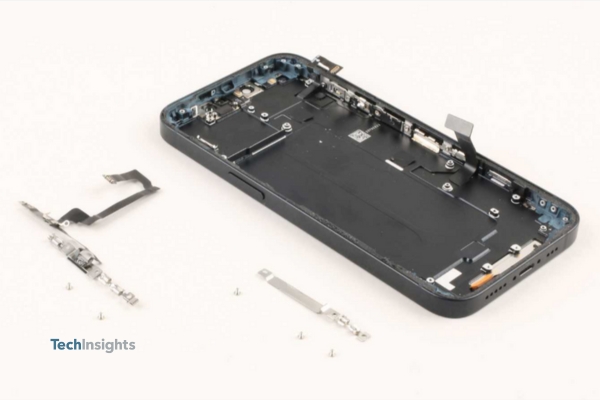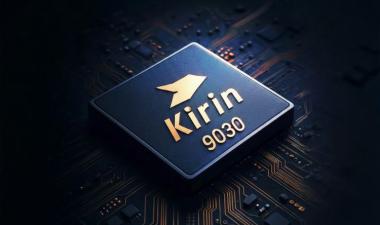Apple iPhone 15 RF Front-End

Discover what to expect from the iPhone 15's RF Front-End technology, including incremental upgrades, continued use of the A16 and A17 chips, and enhanced satellite messaging. Find out more about Apple's latest innovations and strategic moves.
Apple's iPhone 15, set to be unveiled on September 12th, 2023, is already generating buzz, but don't expect groundbreaking changes in its RF (Radio Frequency) Front-End technology. Here’s what we can anticipate from Apple’s latest smartphone release.
A Familiar RF Front-End
The RF technology in the iPhone 15 will largely resemble that of previous models. A likely upgrade to watch for is the Antenna-in-Package (AiP) module, possibly sourced from Murata or USI. Broadcom’s Front-End Modules may not feature prominently in this year’s RFIC lineup, as Apple’s partnership with them focuses more on future innovations.
Processor and Modem
The iPhone 15 will continue to use Apple's A16 and A17 SoCs, coupled with Qualcomm's Snapdragon X70 modem. However, it won't include the latest AI enhancements from Qualcomm due to time constraints. Apple’s long-term partnership with Qualcomm extends until 2028, ensuring that future iPhones will feature Qualcomm modems for years to come.
Satellite Messaging
Apple's investment in satellite technology, particularly with Globalstar, points to continued enhancement of the emergency satellite messaging feature introduced with the iPhone 14. This capability allows users to send emergency messages even without cellular coverage, providing an added layer of security.
Conclusion
While the iPhone 15 may not introduce revolutionary RF advancements, it will offer incremental improvements and maintain Apple’s strategic focus on future innovation. The A17 Bionic chip and extended Qualcomm partnership ensure powerful performance, while satellite messaging continues to be a valuable safety feature.









